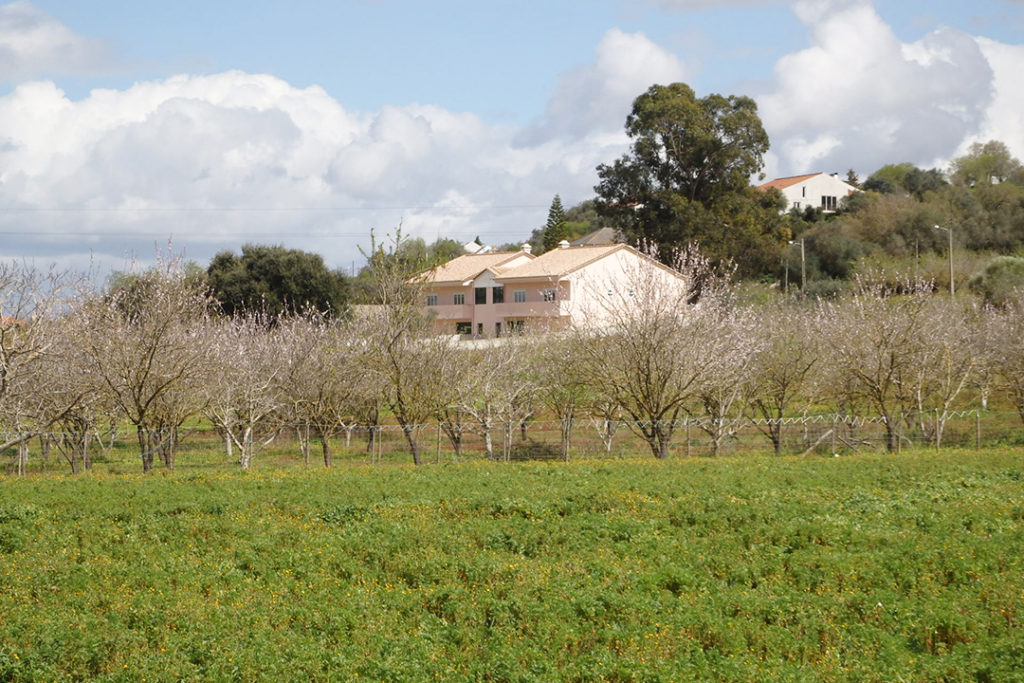Hiking in Serra da Arrábida: The Starting Point
We were crossing the 25 de Abril bridge from Lisbon on Saturday morning, and I could see a clear division between the blue sky and a grey cloud. The rain was threatening to cancel our hike around Serra do Louro in Arrábida, but my dad wasn’t planning to quit.
When we arrived at Palmela, the sky was clear, and there was a crowd of people anxious to start the guided walk.
I grabbed my camera and zoomed into some windmills, unaware that that would be our starting point. It’s funny how our eyes can capture something so clearly, and how incredibly small it looks when we try and snap it with a camera.
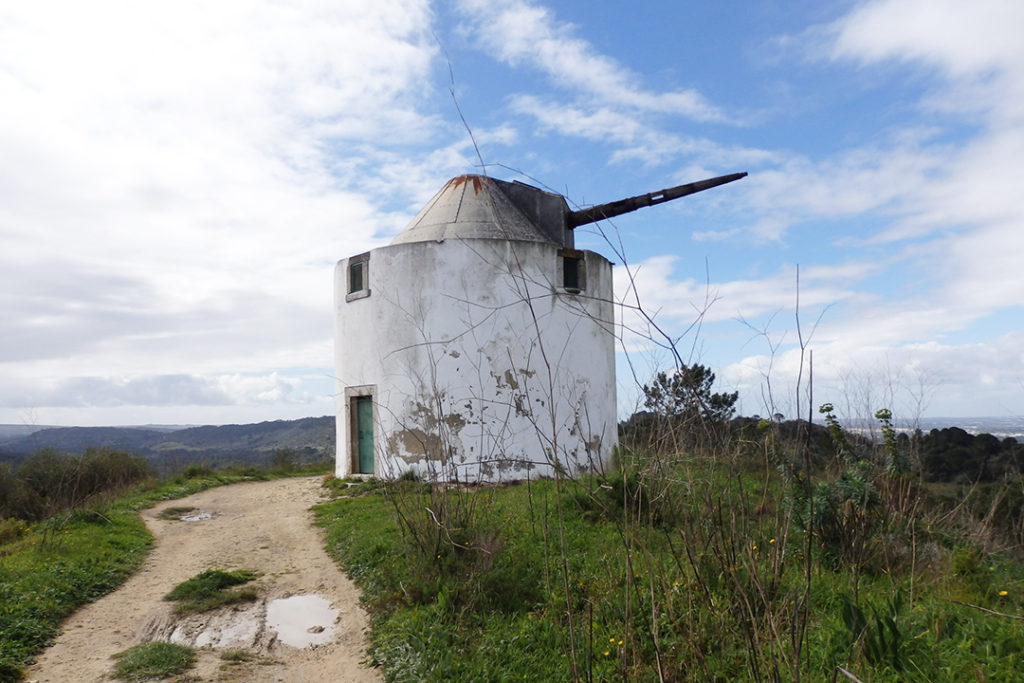
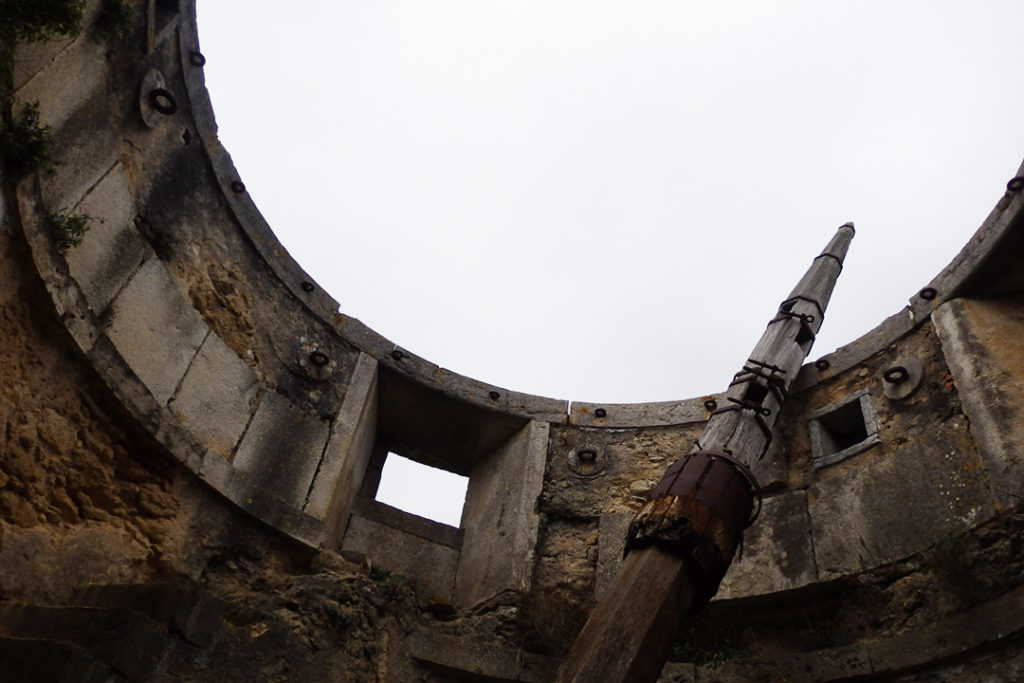
The Windmills of Serra do Louro
300 years. That’s how long these windmills have been in this hidden valley in Arrábida. That’s what records show at least, but they’re probably much older than that.
There are 10 in total, but only two continue to serve their original purpose: transforming wheat into flour. Brought back to life in the 1980s, these two windmills are known as Moinhos Vivos (Alive Windmills). It’s the same name of the flour and the bread produced in a small bakery down the street.

Other random facts that I learned during our tour:
- There are around 500 types of wheat;
- Flour has a measurement system called “W”—higher values are best for bread, while lower ones are better for pasta.
After a long story about flour, we were hoping to try a slice of the infamous bread, instead, we were greeted with some rain and an empty working space. It was a small bread factory, but unfortunately, it didn’t sell bread. Disappointed by the lack of food, we had to content ourselves with a packet of crisps.

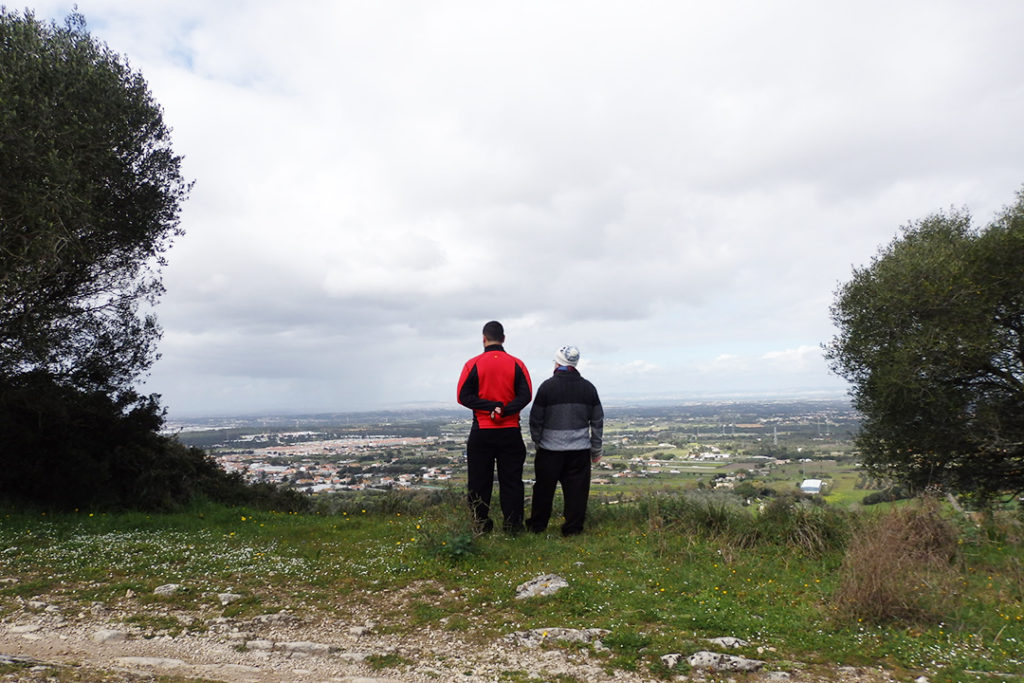
As the rain ceased, we continued our walk down the hill. We passed through abandoned windmills, herds of goats, and rosemary plantations.
Our next stop was an ancient necropolis: a set of caves where nomads left their deceased.
I was astounded by how much history there was at Serra do Louro!
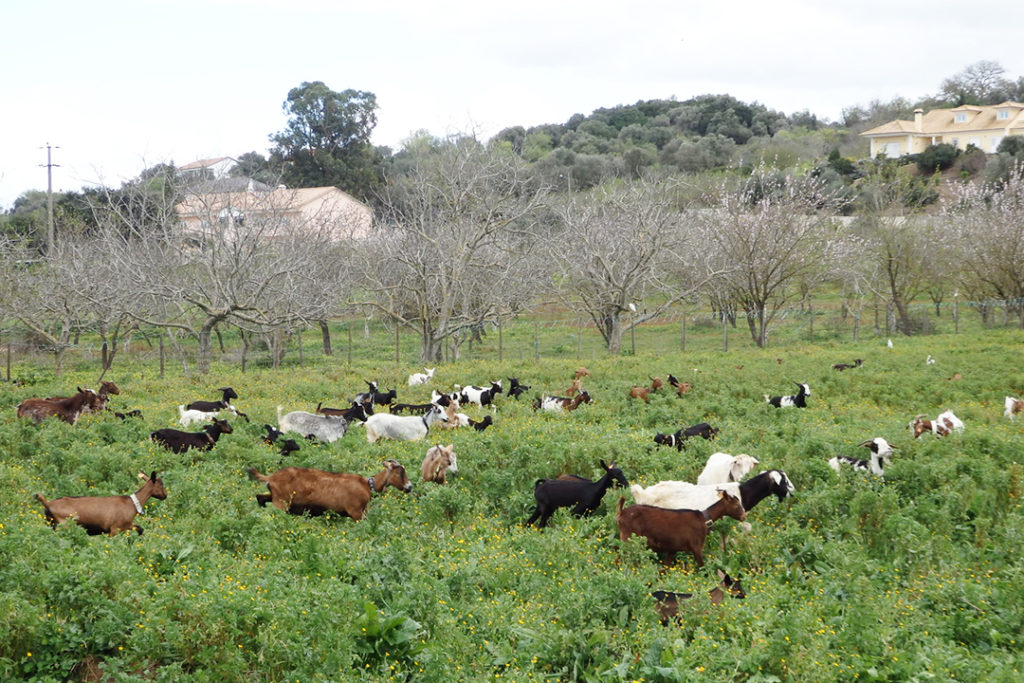
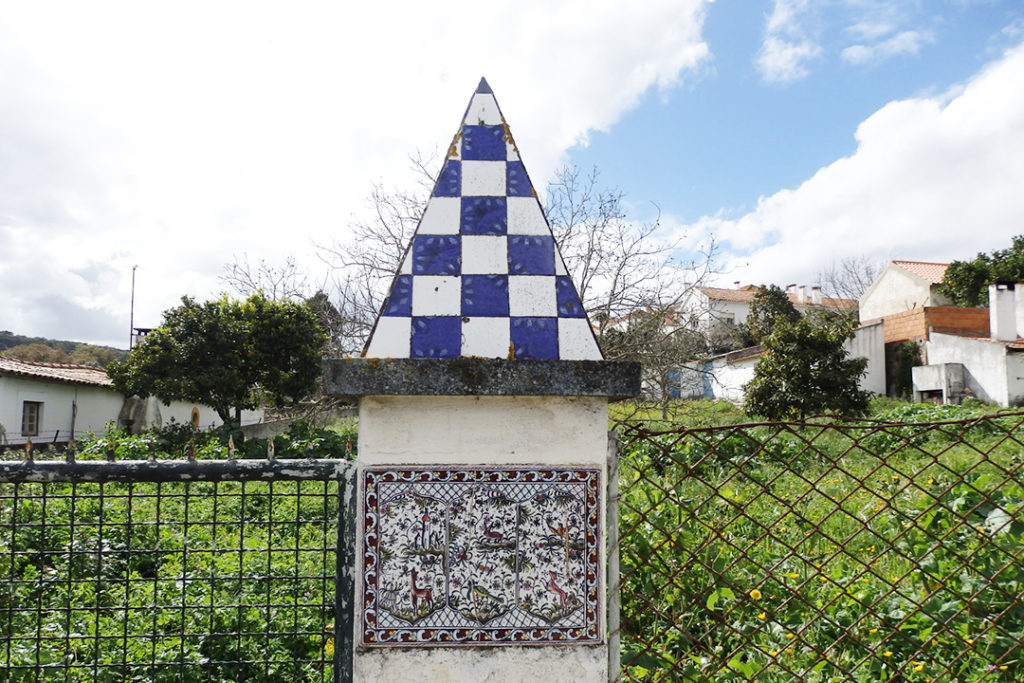
The walk concluded with a wine tasting — two red wines and a fruity white, which was a great way to end the day.
We booked a walking tour with a company which is no longer active, but if you want to follow this route on your own, here’s the hiking itinerary.
